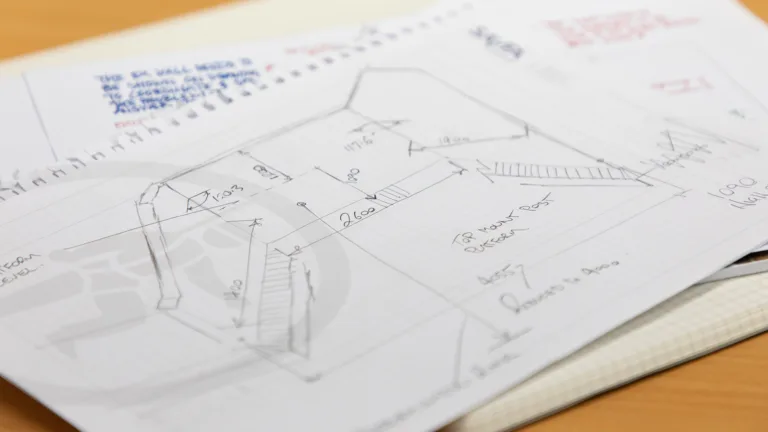
Are you specifying compliant height safety in your building design?
Roof access is generally a part of every commercial and industrial building’s design, but in many cases that access is not compliant with fall protection standards.

Roof access is generally a part of every commercial and industrial building’s design, but in many cases that access is not compliant with fall protection standards.
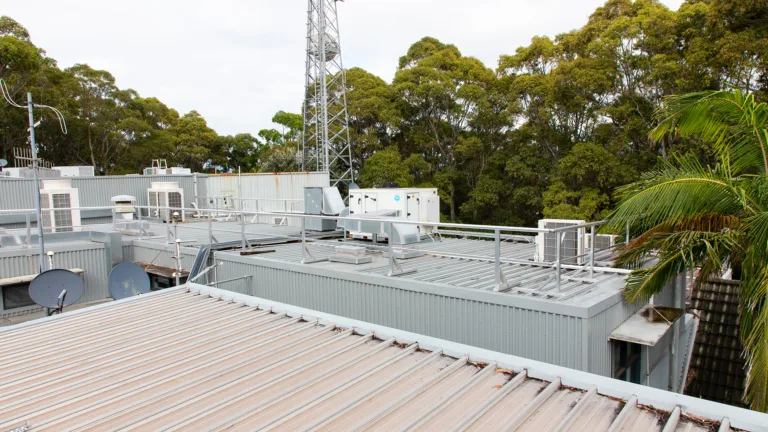
Height Safety Engineers were engaged to provide safe access and fall protection systems for a building contained within a television and radio broadcast facility.
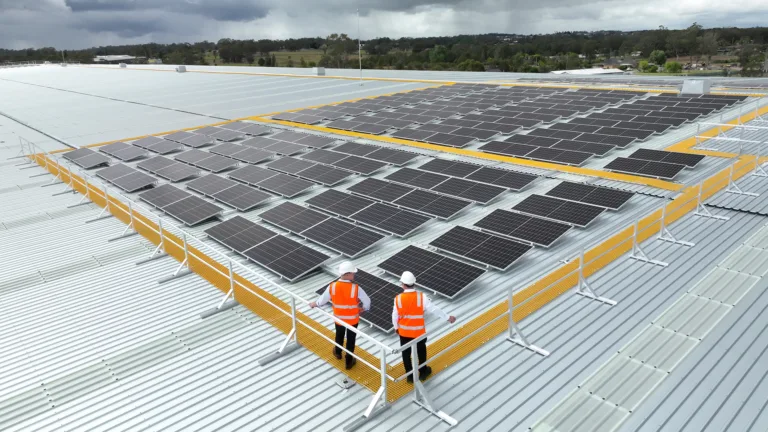
Height Safety Engineers completed the design and installation of walkway and access systems to the solar array on the roof of a warehouse.
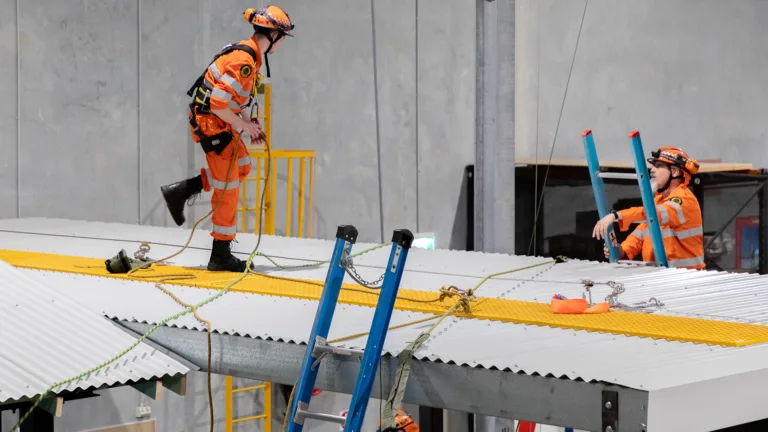
There are many situations where a temporary fall protection or safe access system may be needed. In this guide, our experts work through a selection of the most common options available.
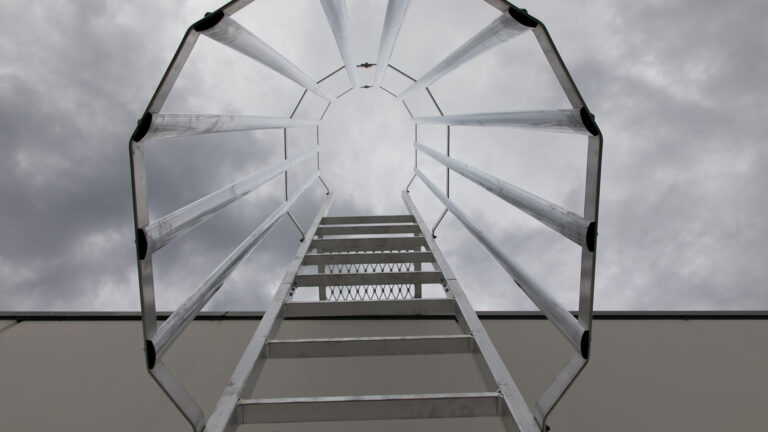
When it comes to providing protection against falls associated with fixed ladders, there are two main options – vertical ladder lines and ladder cages.
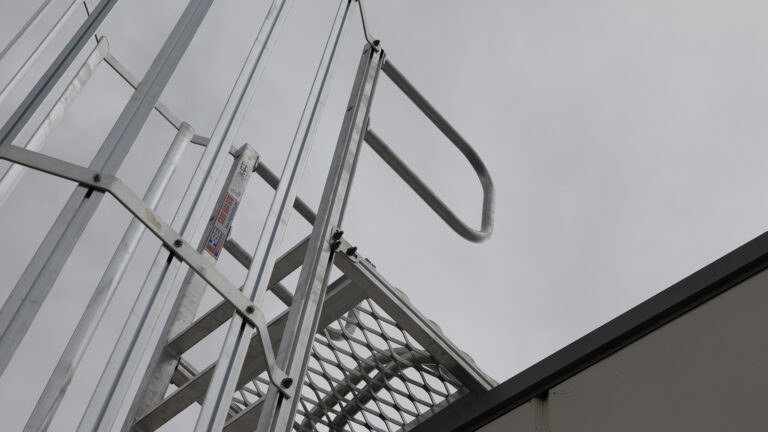
Understanding the different types of ladders out there, and their use cases, can help make sure you are always using the best ladder for the job.
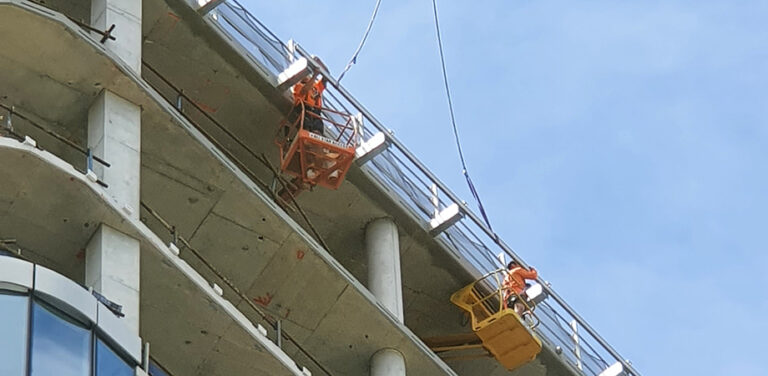
Some height safety needs will always need the input of experts. There are instances where a change during design could save time, and money, for developers

Height Safety Engineers completed a full height safety and confined space access audit for this mines rescue station to provide safe training facilities.
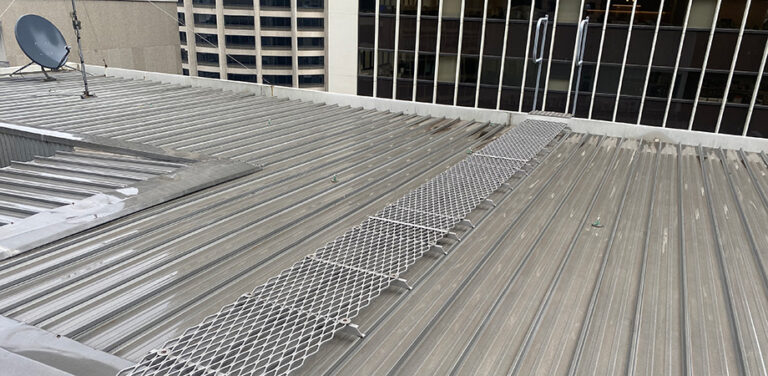
Recertification and installation teams from Height Safety Engineers completed compliance inspections and repair work on safety systems for this building.
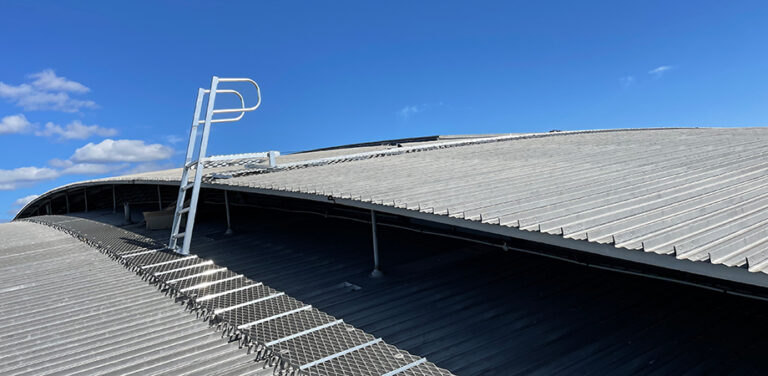
Height Safety Engineers assisted providing compliant roof access across a unique curved roof to facilitate safe access for skylight maintenance

Copyright 2023 Elbon Group of Companies.